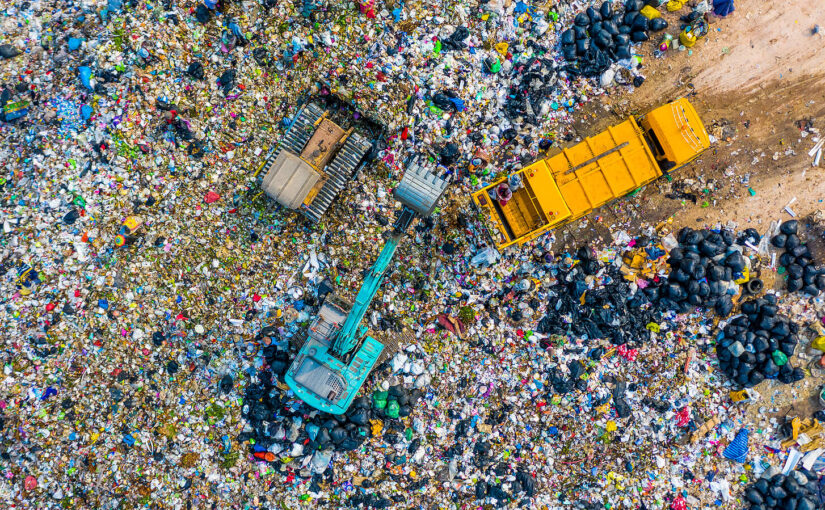Waste is an issue that we have to deal with. Humans will never stop producing waste, so having methods to effectively manage this is critical to society.
Waste management, both at home and at work, is crucial to protecting the environment. Not disposing of your waste properly can result in damaging nature.
Keep reading to discover what landfills are, how they work, and the problems associated with them.
What are landfills?
Landfill sites exist globally and have different designs to dispose of waste. Some sites practice “land raising”, which refers to putting rubbish directly on the ground. Other sites practice “land filling”, which refers to filling a hole in the ground with rubbish.
The purpose of a landfill is to designate space for waste to decompose. In the past, landfill sites were unmonitored, which resulted in contamination and disease-carrying pests.
However, landfills are now properly regulated by waste management staff who have steps in place to ensure waste is disposed of safely.
How do landfills work?
The design of landfill sites can vary, however, there is usually a standard design. It is important to note that the Environment Agency regulates all landfill sites in the UK to ensure they operate safely.
Below is how a landfill site usually works.
Liners
To prevent waste and liquids from escaping into surrounding soil and water, landfill sites are lined with clay or strong plastic materials.
Cells
The majority of the time, waste is emptied into specific areas within landfill sites known as “cells”. When the waste is tipped into a cell, it will be spread out and created into layers by machinery.
While one cell is being filled with waste, it is common that other cells will be prepared or restored to an area such as a nature conservation, for example.
Collection system
When water falls onto a landfill site and reaches rotting waste, a liquid called “leachate” is produced. This liquid is extremely bad for the environment and can pollute surrounding areas if it escapes.
Due to how harmful leachate is, holes are drilled into waste and lined with pipes. A pump is then fitted into the hole, and any leachate is pumped to storage tanks. The storage tanks are later collected and disposed of at a licensed facility.
Gas control
As the waste is essentially buried and deprived of air, greenhouse gases, such as methane and carbon dioxide, are released. As a result, landfill sites are commonly fitted with gas control systems.
Similarly to the leachate collection system, holes are drilled into the waste and lined with pipes. The pipes are then connected to a central gas pump, which sucks out any produced gas.
At some landfill sites, the gas is burnt to lower the environmental impact. For example, if methane is burnt at a high temperature, it converts the gas to carbon dioxide and water vapour.
Monitoring gas levels at landfill sites is extremely important. Without monitoring the levels effectively, gas can build up, which could lead to an explosion.
Cap
Once the landfill is full, a cap is put on the top. Usually, a cap consists of thick clay, which prevents any harmful gases and smells from escaping the area.
Next, areas with a cap are planted with grass and trees. Although this may seem like everything is finished, these sites must be monitored regularly for any risks.
Where did waste go before landfill?
In the past, waste disposal options were quite limited, and the responsibility usually fell on those who produced the waste to get rid of it.
Often, waste would be set on fire or just left in huge piles, at a great cost to the environment.
What are the problems with burying waste in landfill?
When burying waste in landfill sites, it is quite an eyesore. However, the primary issue is how the sites are a huge source of pollution.
The rubbish buried in landfill sites tends to break down extremely slowly, which is problematic when toxic gases are consistently produced.
Occasionally, landfill sites attract rats and seagulls, resulting in a whole new range of waste problems. However, sites are becoming more efficient in their management.
Are there any advantages of burying waste in landfill?
Landfills are essential for waste management, and there are some positives associated with them.
For example, if toxic waste is not monitored in a landfill site, it would harm the environment.
Alongside this, when the waste begins to break down in a landfill site, the gases created (methane and carbon dioxide) can be used as an energy source!
